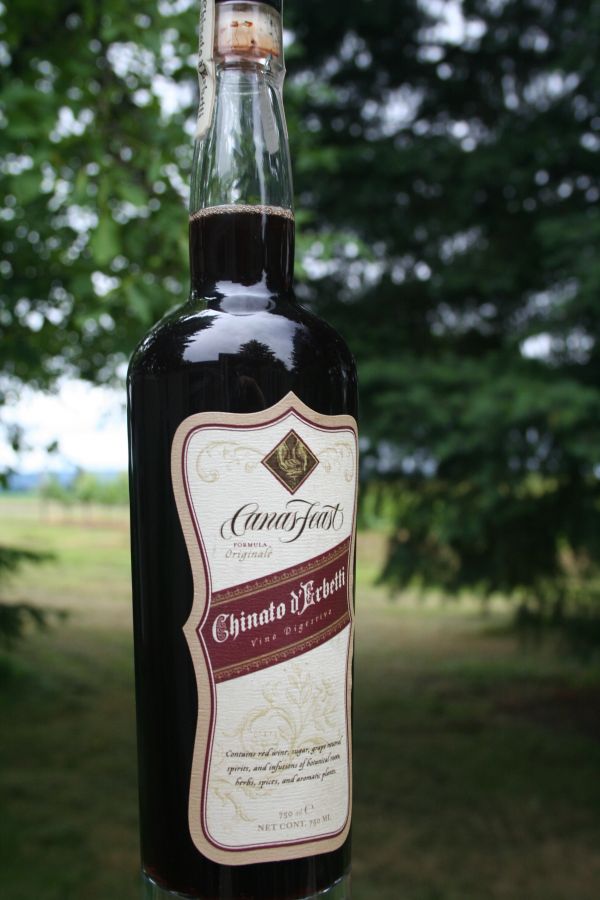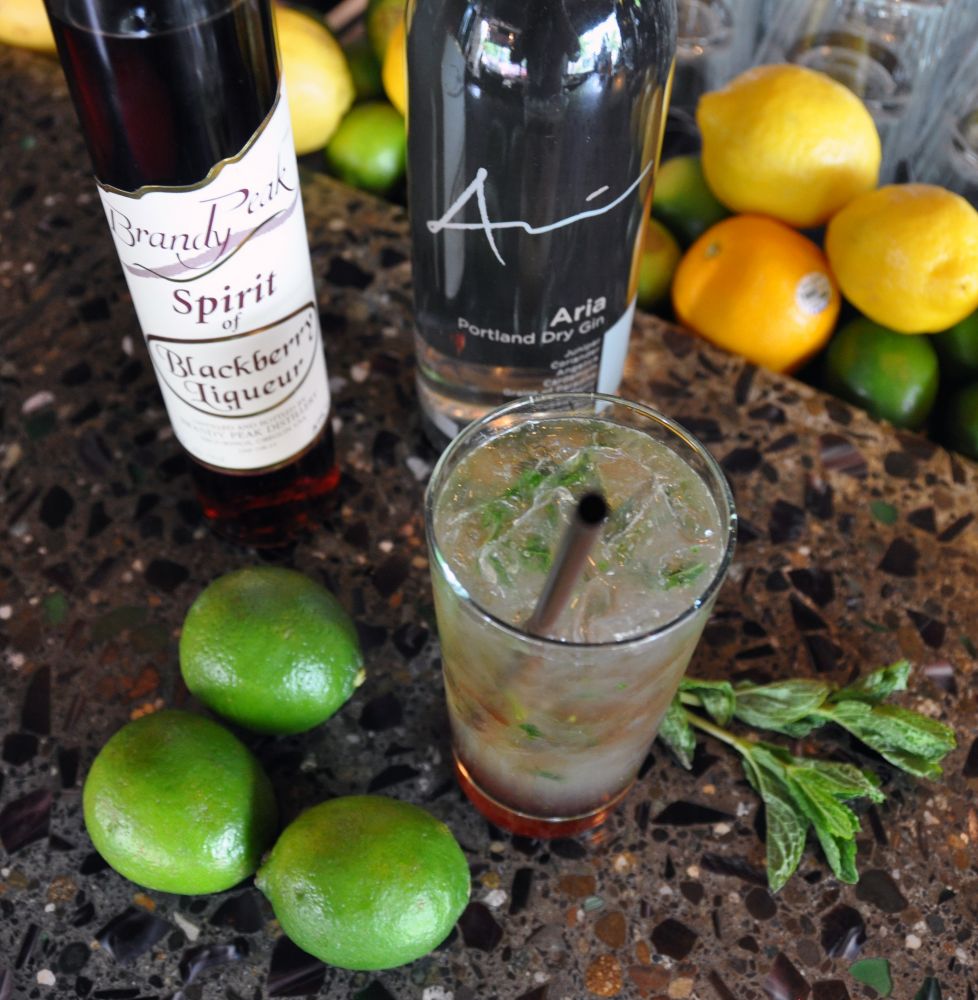When first passing through the lips, the word Chinato can sound more like a sneeze than something describing the perfect after dinner drink. Not too sweet, not too bitter, herbal, floral, spicy and 100% delicious, this vermouth-like liquid is pronounced kee-NOT-oh. A delicacy that can be appreciated by both lovers of wine and spirit, Chinato origins trace back to Italy’s Piedmont region, where it is made from the Nebbiolo grape.
It is considered both a digestif and vermouth, relating most closely to the likes of Fernet-Branca and Chartreuse. The crimson colored liquid is made by seeping wine in the bark of the Chine Calissaja tree. It is then infused with roots, herbs and spices such as cinnamon, coriander, flowers, vanilla, rhubarb roots and ginger. Finally, it’s fortified with neutral grape spirit, such as un-aged brandy, sweetened with a touch of cane sugar and allowed to age in oak barrels. The formula each house uses to make their sweet(ish) treat, is a well-kept secret and the result is a sultry, seductive, aromatic and slightly medicinal compliment to your evening that slightly resembles a cross between Cherry Cola and Dr Pepper—which is no surprise, as both drinks have their roots in medicinal tinctures used to cure ailments of the stomach.
Chinato is widely believed to be the brain child of 19th century pharmacist and food lover, Giuseppe Cappellano. Like many people after him (present company included), he was a lover of both food and Barolo, a wine made from Nebbiolo. Cappellano believed in the wine’s healing properties; especially when the wine is manipulated with herbs, spices and botanicals to settle the stomach after large meals.
In the spirit of Cappellano, one Oregon producer has taken this time honored tradition and made it his own. Patrick Taylor, winemaker for Cana’s Feast Winery in the Willamette Valley, has been making Chinato for just over two years by infusing Nebbiolo wine with an assortment of goodies such as fennel, black pepper, lavender, coriander, cardamom and clove. After dinner one evening, while enjoying a Chinato-based drink, Taylor had a moment of inspiration. “G.D. Vajra makes a Chinato and I tasted that about two and half years ago and was just stunned. It took me all of about a nanosecond to figure out, wait a minute, I make Nebbiolo I should make Chinato,” says Taylor who sources his Nebbiolo grapes from the Ciel du Cheval vineyard on Red Mountain and another vineyard in the Horse Heaven Hills, both in Washington State.
Taylor’s vermouth has become a favorite ingredient amongst some of Oregon’s leading mixologists. All across the state, many of the most exciting bars proudly display the elegant and unmistakable bottle on their shelves. Cana’s Feast dedicated an entire page of their website to some of the creative concoctions their loyal bartending friends (sometimes professional, sometimes not) have created.
One of my favorites is the Negative Approach—a cocktail devised by Clyde Common mixologist Junior Ryan in which 1 1/2 oz. Cana’s Feast Chinato combines with 3/4 oz. Aperol and 3/4 oz. Martin Miller 80 Proof Gin. Stir, strain and serve up with an orange twist. For something a little simpler, combine 1.5 oz. of Chinato to sparkling wine and garnish with an orange twist. For more ideas on cocktails visit http://www.canasfeastwinery.com/Chinato-Recipes.aspx for a virtual recipe book of adult beverages from locals with a passion for the Nebbiolo-based elixir.








